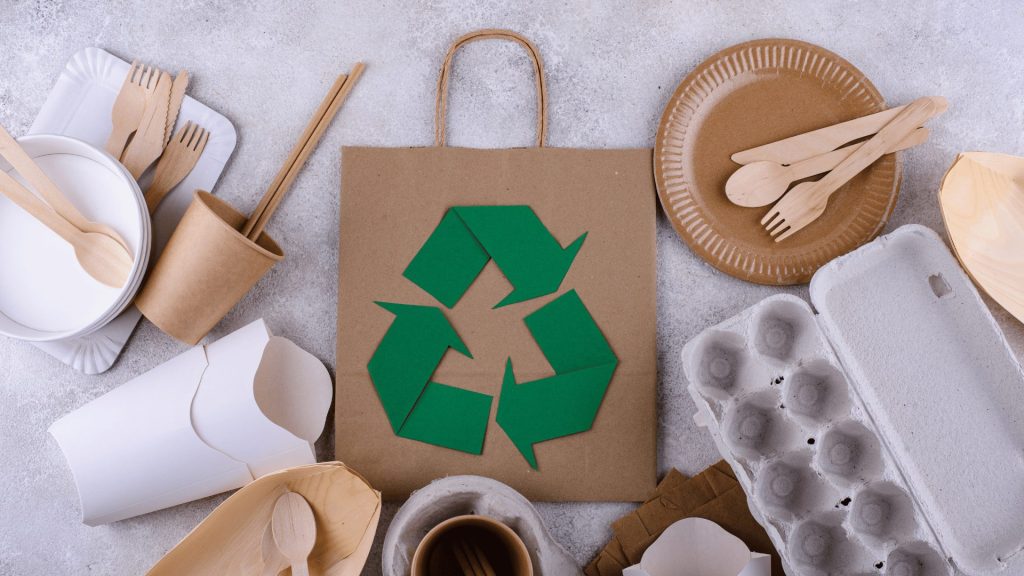
Ecology is a crucial aspect of the modern world. This is understood not only by consumers and global brands but also by small companies. Since our company is from Finland, a leader in waste processing and environmentally friendly disposal. We are familiar with numerous methods to become an eco-friendly company. Let’s explore what an eco-friendly approach is and why it’s important for companies to embrace it now.
Method #1. Production Modernization
Some companies still have old equipment that hasn’t been updated for over 15 years. Of course, at that time, they didn’t think about the damage to nature and the environment because the issue wasn’t so acute. However, there is now modern equipment that operates more environmentally friendly, and its technical characteristics are an order of magnitude higher than that of the old one. In the future, replacing machines and cleaning facilities will allow increasing production volumes.
So, perhaps, some organizations should reconsider their technical equipment not only from the point of view of production but also from the point of view of environmental benefits.
Method #2. Use of Recycled Materials
If the business allows, it’s entirely possible to use recycled materials in production. Waste can be purchased, processed, and products can be released. This is a common practice in several foreign countries when a company, under the guise of environmental friendliness, begins to produce goods from recycled materials. It’s worth noting that consumers are aware of this, and they actively buy such products.
There are brands creating real masterpieces from trash—such things make you want to buy and wear them. For example, the company Ecoalf makes items from waste.
Method #3. Use of Production Waste
Production waste can be disposed of, sold, or used to make new products. The latter option is the most environmentally friendly, as it allows using 100% of resources. From the company’s point of view, this is additional profit and an expansion of the range of goods.
The pulp and paper industry in Finland is a vivid example of a major sector where almost all materials and by-products from wood processing are already used for the production of various goods or for generating renewable energy. Finnish companies quickly find new applications for innovative biomaterials from wood, thereby improving the use of biomass obtained from sustainably managed forests in Finland, where the annual growth of wood exceeds harvesting.
Method #4. Reduce Packaging Material
If there’s no urgent need to package each item individually, it’s recommended to avoid it. Excessive packaging, such as individual plastic wrappers for tea bags within a larger box, contributes to unnecessary waste. Consider using biodegradable materials if reduction isn’t feasible. This not only optimizes costs but also makes your company a bit more eco-friendly.
Method #5. Transition to Electronic Receipts
Switching to electronic receipts not only reduces paper consumption but also cuts costs on purchasing paper. If electronic receipts are not feasible, some businesses ask customers if they need a printed receipt, and many decline.
Method #6. Adopt Electronic Document Workflow
Many businesses still rely heavily on paperwork, contributing to substantial paper waste. Transitioning to electronic document workflows and using online chats for issue resolution can significantly decrease paper consumption and related expenses.
Method #7. Waste Separation Containers
Promote a cleaner environment by implementing waste separation in the workplace. Install containers for plastic, paper, glass, and other waste. Employees are likely to support this initiative, fostering responsible waste disposal habits. Consider collaborating with recycling centers to responsibly dispose of collected paper, plastic, and glass.
Method #8. Rational Energy Use
Begin with small steps like turning off computers overnight, utilizing natural daylight when sufficient, and unplugging electronic devices when not in use—even if they’re in standby mode. These simple practices reduce energy consumption, environmental emissions, and ultimately, utility bills.
Method #9. Participation in Environmental Campaigns
Engaging in environmental initiatives benefits your company’s image and the planet. Consumers appreciate businesses genuinely caring for nature. Such companies often gain more trust, becoming synonymous with “eco-friendly.” Participate in eco-actions and involve your employees to showcase your commitment.
Method #10. Organizing Environmental Campaigns
Go beyond participation by organizing campaigns for your consumers—a strategy frequently employed by major brands. The message behind such initiatives can vary, from “trade in old items for discounts on new purchases” to hosting social media flash mobs.
In Conclusion
Becoming an eco-friendly company requires concrete actions rather than just riding the trend. Mere declarations without corresponding efforts can harm your reputation. Start small, as collective efforts, even minor ones, contribute significantly to positive change. If you’ve already embraced eco-friendliness, leverage it in your marketing strategy. If unsure how, we can assist in developing a tailored promotional plan for your business—reach out, and let’s make your commitment shine.

